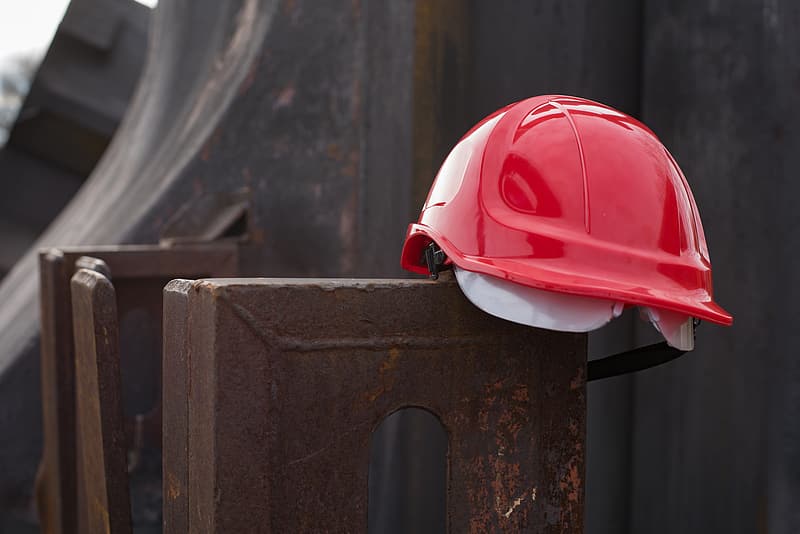Although many companies screen prospective employees for their attitude toward safety, provide adequate safety training, and offer rewards for safety performance, some employees will inevitably take unsafe shortcuts to save time and effort.
For example, in a rush, they might not inspect a vehicle or piece of equipment before using it. That’s why it’s critical to make sure that all personnel who conduct inspections realize that by signing off on an inspection, they could be held legally liable if an accident occurs because of a failure they should have caught in the inspection.
This accountability can be achieved with the help of inspection checklists that include specific items and are documented for future reference. These checklists make audits and inspections simpler but also more effective—increasing productivity, reducing maintenance costs, and improving safety.
Checklists help significantly because:
- they keep employees organized and provide unambiguous guidelines for those performing audits or inspections
- your personnel will feel accountable for performing audits and inspections correctly because there is a written record
- other employees will feel more confident in equipment when they know that it’s inspected regularly
- issues can be caught before accidents happen
- if an outside party inspects the worksite, you will have documentation about the inspections you have done.
Of course, when employees get used to using checklists, they can sometimes begin to go through them automatically without giving it much thought. This problem occurs when checklists aren’t tailor-made to your workplace or aren’t specific enough. Checklists that encourage comments will deter employees from quickly checking off all the boxes without reading through the whole checklist in detail.
Asking for notes, following up on issues, and discussing inspections together can show employees that the organization takes these checks seriously. These steps can also reveal which employees are “pencil whipping” inspection checklists—one of the worst safety shortcuts that can be taken!
Takeaway
No matter how much importance your company places on safety, a few workers will still try to take safety shortcuts because of fatigue, lack of time, personal distractions, or other issues.No matter the reason for these safety shortcuts, not following proper procedures can have disastrous results. Checklists can help keep your employees responsible and your workplace safe.
You can help identify safety scofflaws by choosing to use The Checker Software or one of our Checklist Books. Please take a look and get in touch with us to learn more.




